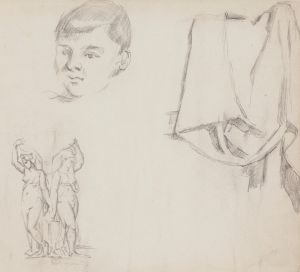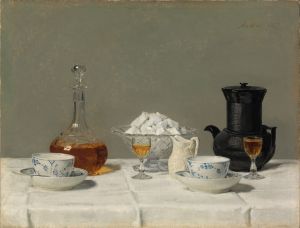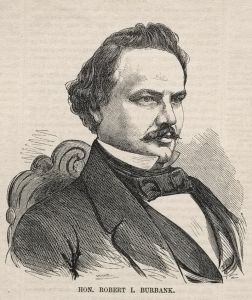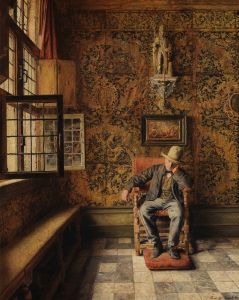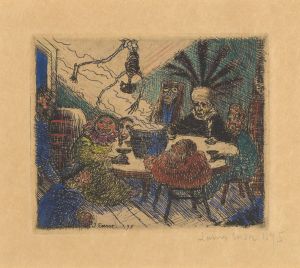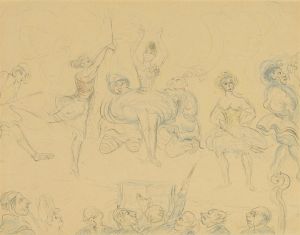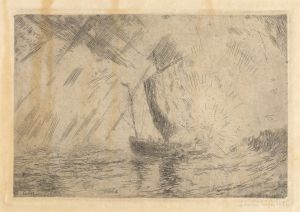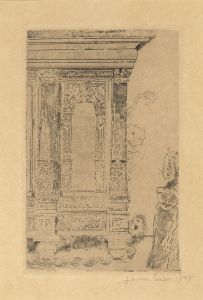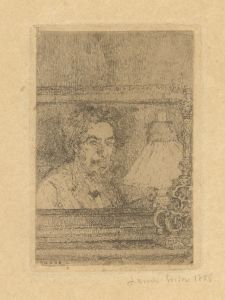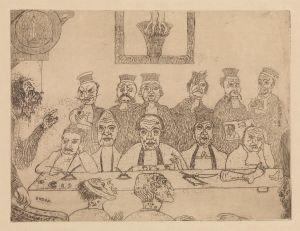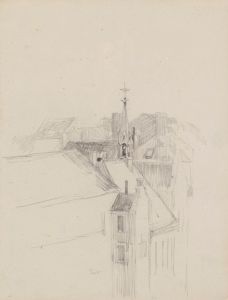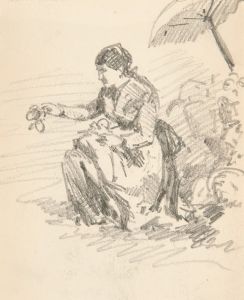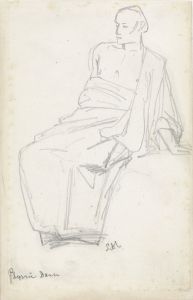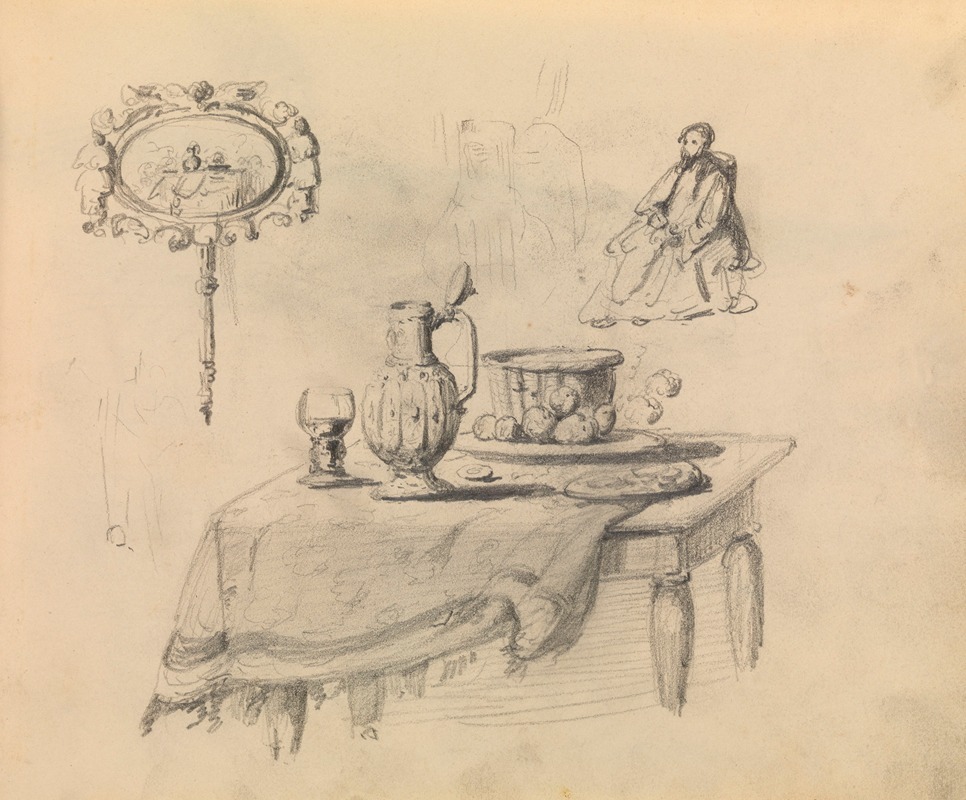
Still Life, Mirror, Seated Figure
A hand-painted replica of James Ensor’s masterpiece Still Life, Mirror, Seated Figure, meticulously crafted by professional artists to capture the true essence of the original. Each piece is created with museum-quality canvas and rare mineral pigments, carefully painted by experienced artists with delicate brushstrokes and rich, layered colors to perfectly recreate the texture of the original artwork. Unlike machine-printed reproductions, this hand-painted version brings the painting to life, infused with the artist’s emotions and skill in every stroke. Whether for personal collection or home decoration, it instantly elevates the artistic atmosphere of any space.
"Still Life, Mirror, Seated Figure" is a painting by the Belgian artist James Ensor, created in 1917. Ensor, born in 1860 in Ostend, Belgium, is known for his unique and often surreal style that blends elements of symbolism and expressionism. His work frequently features macabre and fantastical themes, reflecting his fascination with death, masks, and the grotesque.
The painting "Still Life, Mirror, Seated Figure" exemplifies Ensor's distinctive approach to composition and subject matter. In this work, Ensor combines a still life arrangement with a mirrored reflection and a seated figure, creating a complex and layered visual experience. The painting's composition is notable for its use of vibrant colors and intricate details, which draw the viewer's eye across the canvas.
Ensor's use of mirrors in his paintings often serves to create a sense of depth and to explore themes of reflection and perception. In "Still Life, Mirror, Seated Figure," the mirror not only reflects the objects in the still life but also introduces an element of ambiguity, as the viewer is left to ponder the relationship between the reflected and the real. This technique is characteristic of Ensor's broader artistic practice, which frequently blurs the line between reality and illusion.
The seated figure in the painting adds another layer of complexity. Ensor often included figures in his still lifes, imbuing them with a sense of narrative and psychological depth. The figure in this painting appears contemplative, perhaps lost in thought, adding an introspective quality to the work. This introspection is a recurring theme in Ensor's oeuvre, reflecting his own introspective nature and his interest in the human psyche.
Ensor's choice of objects for the still life is also significant. He often selected items that held personal meaning or that could be interpreted symbolically. In "Still Life, Mirror, Seated Figure," the objects may include everyday items, but their arrangement and the context in which they are placed invite deeper contemplation. This approach aligns with Ensor's broader artistic goals, which often involved challenging the viewer to look beyond the surface and to consider the underlying meanings and emotions.
James Ensor's work, including "Still Life, Mirror, Seated Figure," has been influential in the development of modern art. His innovative use of color, composition, and subject matter has inspired subsequent generations of artists. Ensor's ability to blend the fantastical with the everyday, and to infuse his work with both humor and pathos, has secured his place as a pivotal figure in the history of art.
Today, "Still Life, Mirror, Seated Figure" is recognized as an important example of Ensor's mature style. It reflects his continued exploration of complex themes and his mastery of the medium. The painting is held in high regard by art historians and continues to be studied and appreciated for its artistic and historical significance.






